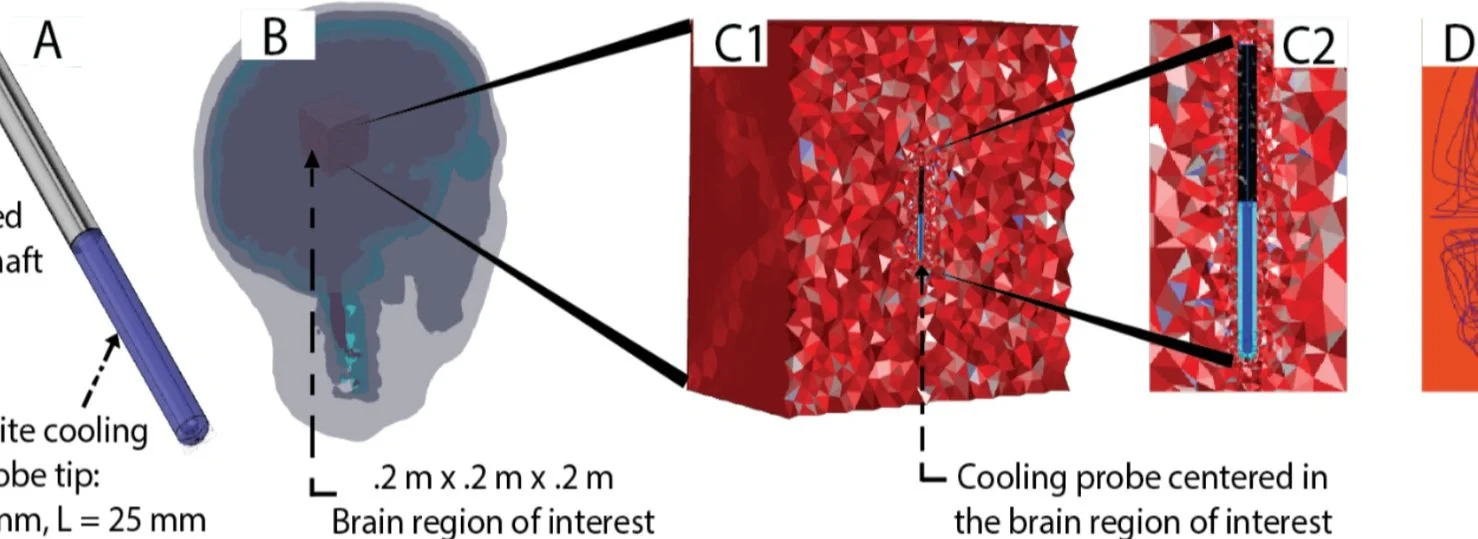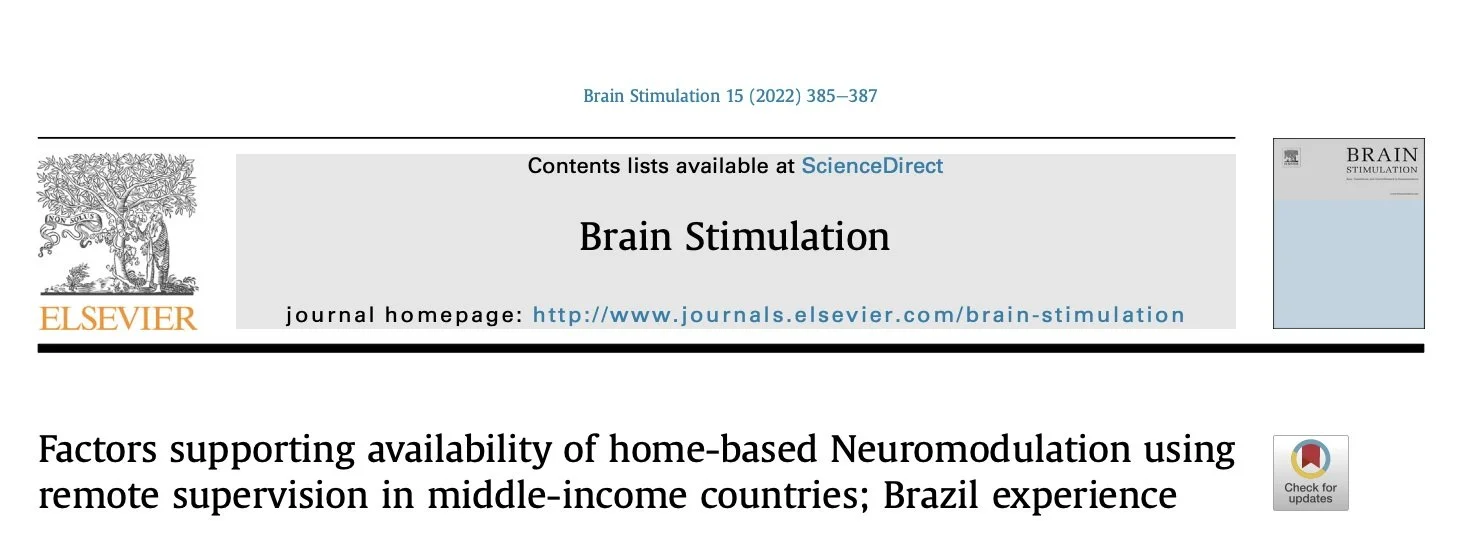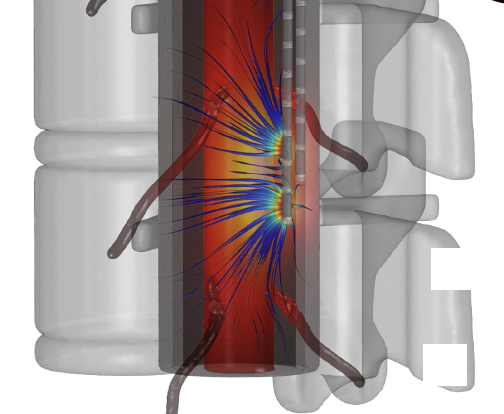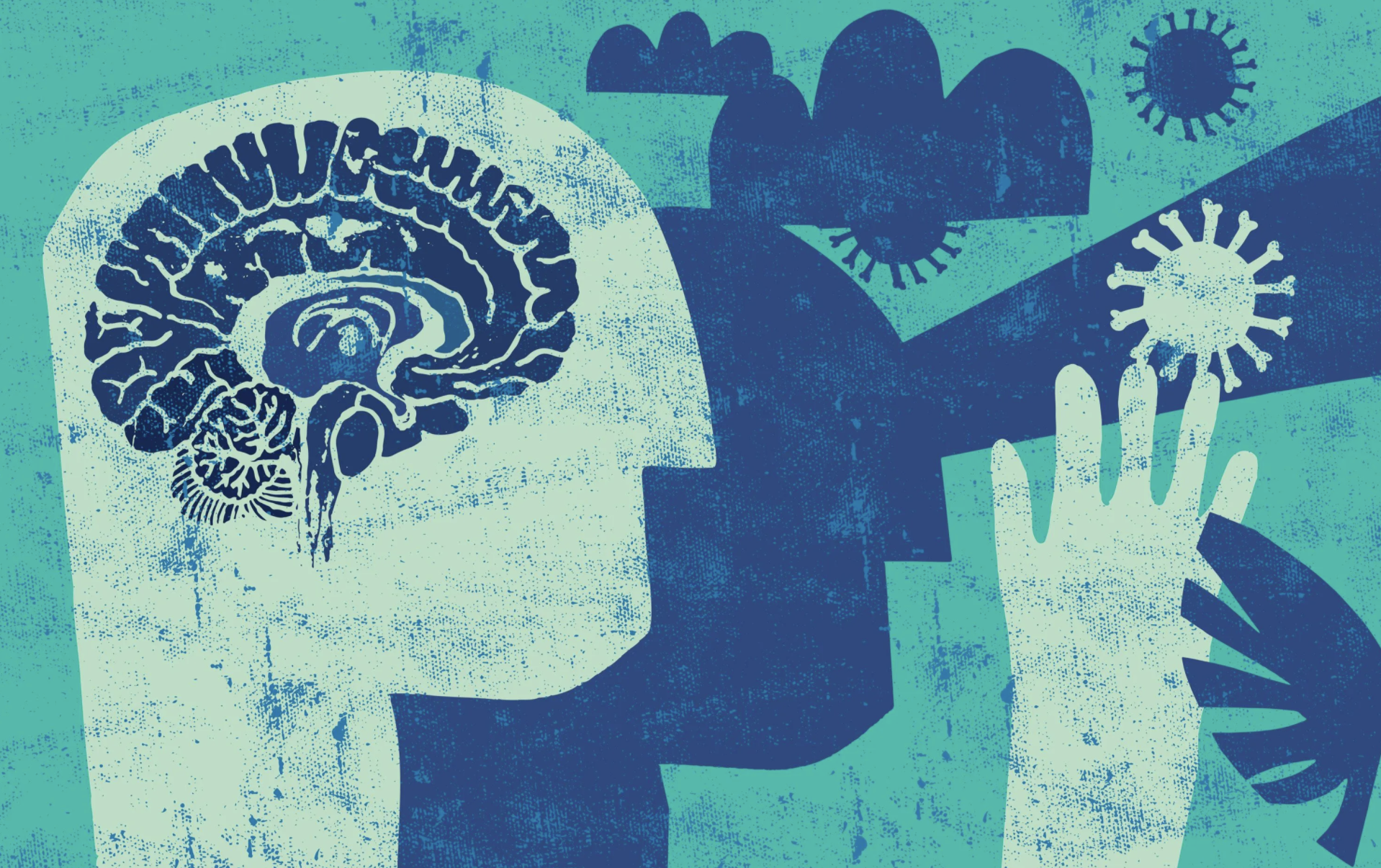Stance Phase Gait Training Post Stroke Using Simultaneous Transcranial Direct Current Stimulation and Motor Learning-Based Virtual Reality-Assisted Therapy: Protocol Development and Initial Testing
Ahlam Salameh , Jessica McCabe , Margaret Skelly , Kelsey Rose Duncan, Zhengyi Chen , Curtis Tatsuoka , Marom Bikson , Elizabeth C. Hardin , Janis J. Daly and Svetlana Pundik
Abstract: Gait deficits are often persistent after stroke, and current rehabilitation methods do not restore normal gait for everyone. Targeted methods of focused gait therapy that meet the individual needs of each stroke survivor are needed. Our objective was to develop and test a combination protocol of simultaneous brain stimulation and focused stance phase training for people with chronic stroke (>6 months). We combined Transcranial Direct Current Stimulation (tDCS) with targeted stance phase therapy using Virtual Reality (VR)-assisted treadmill training and overground practice. The training was guided by motor learning principles. Five users (>6 months post-stroke with stance phase gait deficits) completed 10 treatment sessions. Each session began with 30 min of VR-assisted treadmill training designed to apply motor learning (ML)-based stance phase targeted practice. During the first 15 min of the treadmill training, bihemispheric tDCS was simultaneously delivered. Immediately after, users completed 30 min of overground (ML)-based gait training. The outcomes included the feasibility of protocol administration, gait speed, Timed Up and Go (TUG), Functional Gait Assessment (FGA), paretic limb stance phase control capability, and the Fugl–Meyer for lower extremity coordination (FMLE). The changes in the outcome measures (except the assessments of stance phase control capability) were calculated as the difference from baseline. Statistically and clinically significant improvements were observed after 10 treatment sessions in gait speed (0.25 ± 0.11 m/s) and FGA (4.55 ± 3.08 points). Statistically significant improvements were observed in TUG (2.36 ± 3.81 s) and FMLE (4.08 ± 1.82 points). A 10-session intervention combining tDCS and ML-based task-specific gait rehabilitation was feasible and produced clinically meaningful improvements in lower limb function in people with chronic gait deficits after stroke. Because only five users tested the new protocol, the results cannot be generalized to the whole population. As a contribution to the field, we developed and tested a protocol combining brain stimulation and ML-based stance phase training for individuals with chronic stance phase deficits after stroke. The protocol was feasible to administer; statistically and/or clinically significant improvements in gait function across an array of gait performance measures were observed with this relatively short treatment protocol.









































